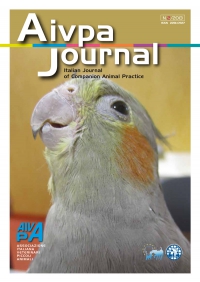Il cucciolo tossisce: tracheobronchite infettiva o cimurro?
Authors
Servida F.
Libero professionista, Rovello Porro
Summary
Canine distemper has become an emerging disease and the knowledge about it is necessary for the improvement in the prevention and control of the disease. Clinical signs of canine distemper vary depending on virulence of the virus strain, environmental conditions, and host age and immune status. More than 50% of CDV infections are probably subclinical.
Mild forms of clinical illness are also common, and signs include listlessness, decreased appetite, fever, and upper respiratory tract infection. Bilateral serous oculonasal discharge can become mucopurulent with coughing and dyspnea. Many mildly infected dogs develop clinical signs that are indistinguishable from those of other causes of “kennel cough”. Diagnosis for distemper is not an easy task; however, the basis for making a definitive diagnosis is based on clinical signs and most importantly the vaccine history of the puppy. The aim of this paper is to present a review of the literature on canine distemper, discussing topics relating to its epizootiology, pathogenesis, clinical signs, diagnosis, treatment, control and prevention in puppies, with particular emphasis to differential diagnosis with the kennel cough.
Keywords
puppy, kennel cough, distemper


